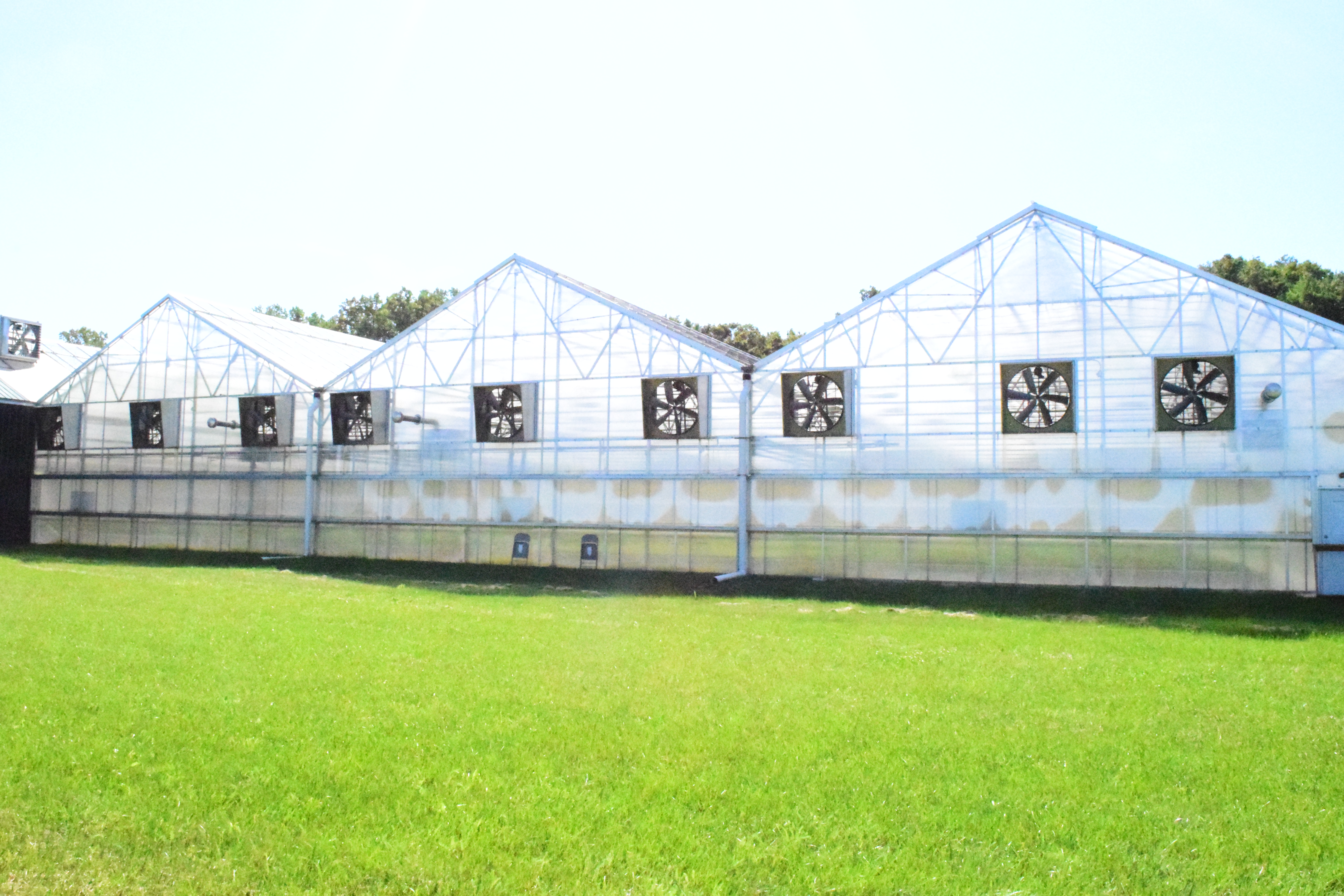Hydroponic greenhouse company BrightFarms has closed a $13.65 million Series B-1 round led by WP Global Partners, the institutional fund management firm, family office-backed Emil Capital Partners and NGEN Partners, the sustainable private equity and venture capital firm.
These firms were joined by individual investors including environmental engineer and current BrightFarms’ chairman Ted Caplow. Emil and NGEN are returning investors from Bright Farms’ $4.3 million Series A.
The funding brings BrightFarms’ total capital raising efforts to over $40 million. With three commercial-scale greenhouse facilities operating across the Midwest and East Coast US, the new dose of funding will be used to build additional greenhouse locations.
BrightFarms is likely to come back to the market for additional funding in 2016 to build further facilities, AgFunderNews learned.
The company cites the strong consumer demand for locally-grown produce as a main motivator in its plan. BrightFarms also plans to use the funding to improve its customer service platform.
On a “quest to bring commercial scale urban agriculture to the market, take our farms and the industry to the next level, and change the way we eat as a society,” BrightFarms grew out of a non-profit group called New York Sun Works (“NYSW”). The outfit created the renowned Science Barge, a sustainable urban farm prototype and environmental education center floating on the Hudson River.
After receiving a slew of requests for more information, NYSF created a for-profit consultancy group, BrightFarm Systems. The group has provided consulting services and technical work for a number of well-known rooftop growing operations, including New York’s Gotham Greens, Arbor House, and the Manhattan School for Children.
In 2011, current CEO Paul Lightfoot joined the company. In launching BrightFarms, Lightfoot combined his longstanding supply chain management experience with his desire to promote improved access to local freshly-grown food. Through the use of long-term purchase agreements, Lightfoot and BrightFarms were able to finance, build, and operate greenhouses at no cost to the retailers.
Today, BrightFarms builds greenhouses at or near supermarkets where produce is grown year-round. They operate farms in Pennsylvania, Illinois, and Virginia.
The company provides a variety of non-GMO specialty lettuces and herbs on a year-round basis.
“BrightFarms is a model for the future of local and a leader in the local food moment,” said Peter Grubstein, managing director of NGEN Partners, in a recent statement. “It has already demonstrated to supermarket partners that growing local at scale can help lower the three major costs associated with food production: transportation, agriculture and water.”
BrightFarms holds over $100 million in contracted commitments from supermarket clients. According to the company, its greenhouse farms use 80 percent less water, 90 percent less land, and 95 percent less shipping fuel than conventional production. They also claim to use less energy to grow the products it seeks to replace on supermarket shelves, including pesticide-free produce.
“Supermarkets will need to partner with growers who can offer consistent, high-quality produce that is not only local but available year-round,” said Gregory S. Oberholtzer, senior managing director at WP Global Partners in a recent statement. “BrightFarms’ technology, operations, and fresh products meet the needs of both the retailer and consumer.”
Indoor agriculture has recently reached new heights with investors who recognize the high consumer demand for local, ultra-fresh produce and high tech business models behind the operations. Like any fledgling sector, however, indoor ag has a few hurdles to clear. Speakers at the recent Indoor Ag-Con in New York provided insight into the challenges still facing the sector, including a lot of early stage technology, a difficulty in securing capital, and a lack of experienced talent possessing the right combination of necessary skills.
With big names like the Ritz Carlton turning to indoor farming to provide up to 100 percent of the greens used in some of its restaurants, these hurdles may not be too hard to clear in the long run.
What do you think? Email [email protected]
Have news or tips? Email [email protected]
— Check AgFunder.com for agriculture investment opportunities —




